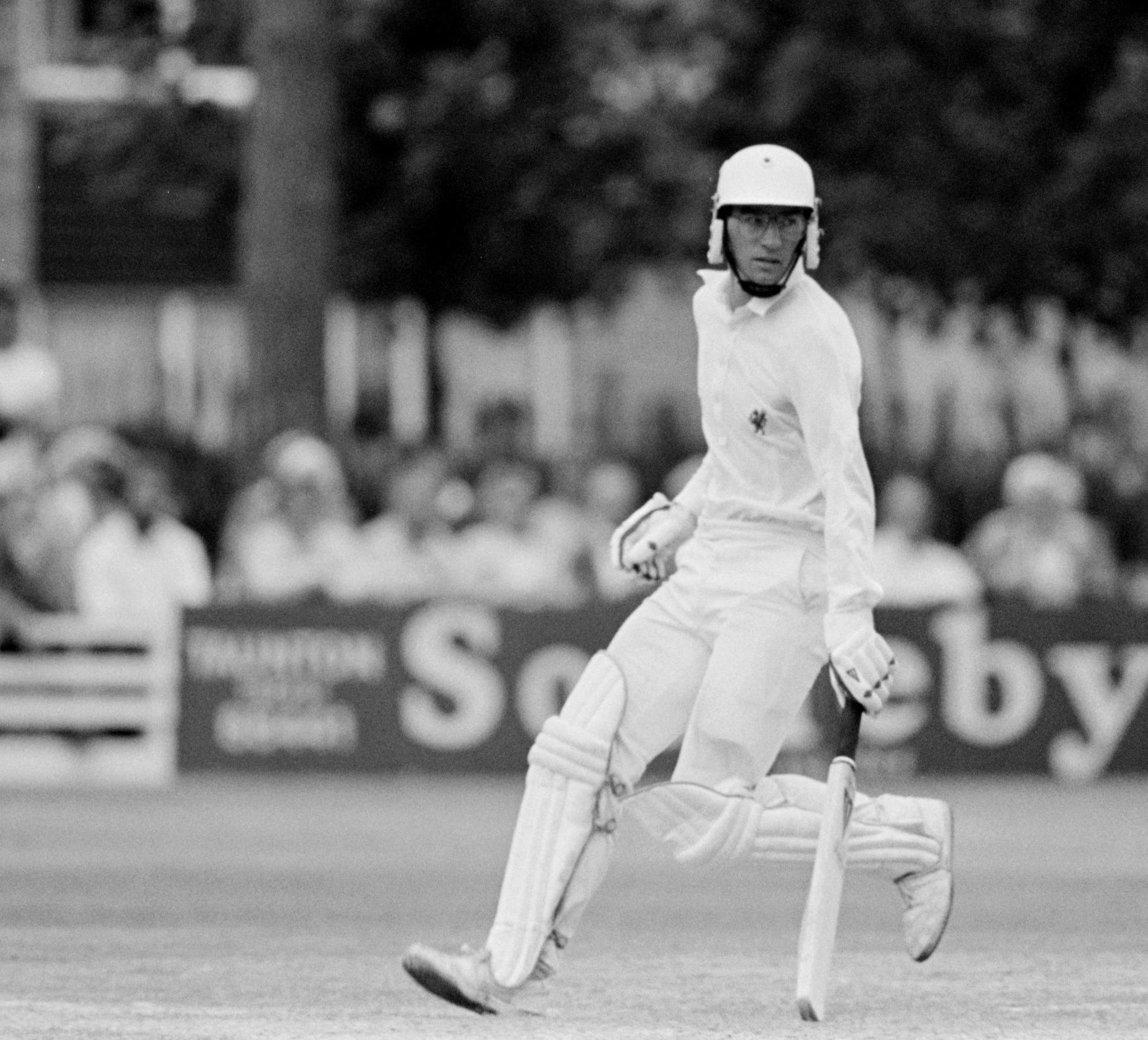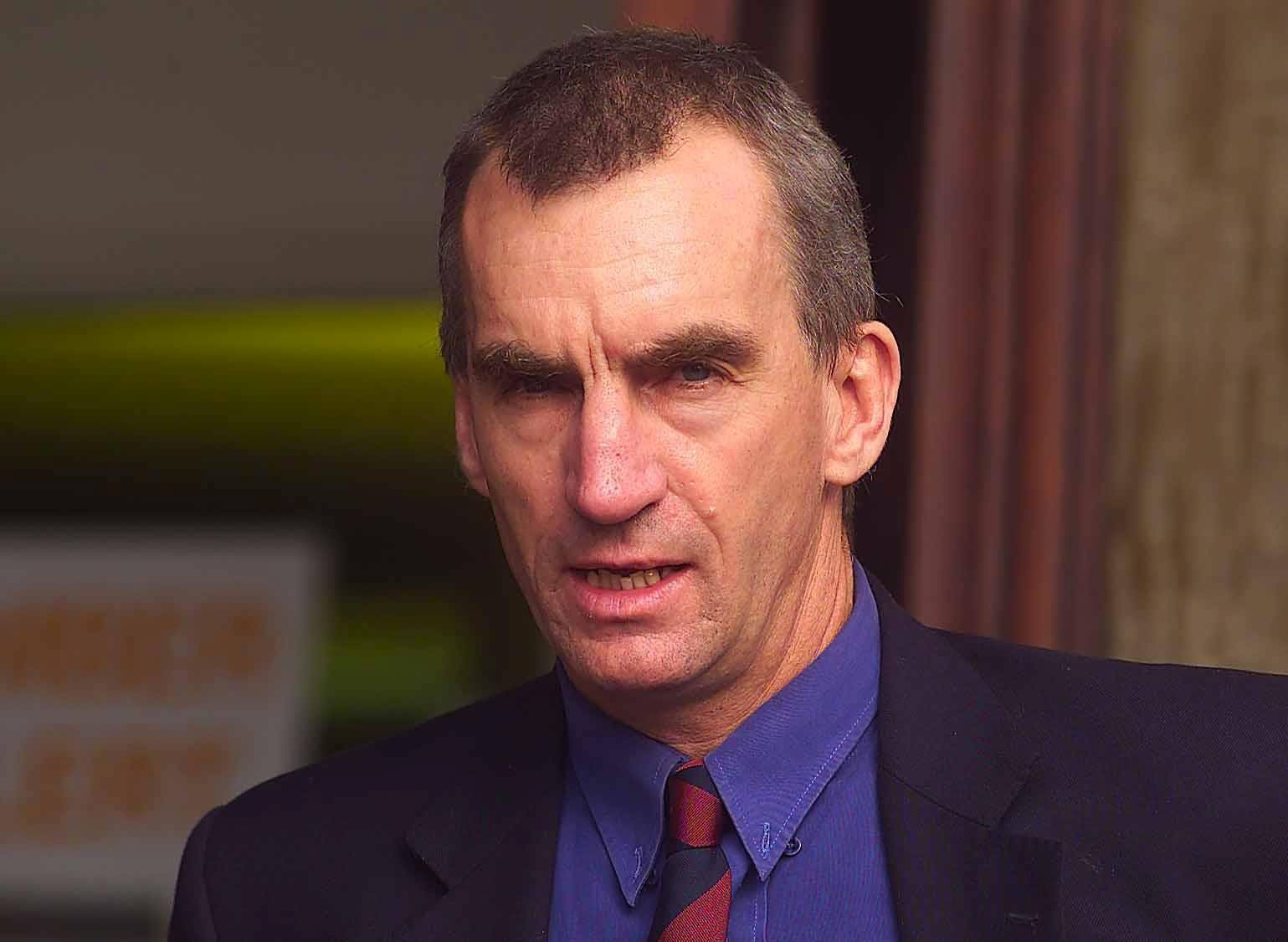Tragic Incident in Cape Town
A former cricket captain, Peter Roebuck, tragically jumped to his death from a hotel window in Cape Town, South Africa. The incident occurred after he was arrested on suspicion of sexual assault, according to an inquest.
Accusations of Sexual Assault
Peter Roebuck, who had been staying at the Southern Sun hotel in Cape Town to commentate on a test match, was accused of sexually assaulting a 26-year-old man in his hotel room during the trip.
Inquest Concludes Suicide
After 13 years, a jury has reached the conclusion that Peter Roebuck's death was a suicide. The inquest revealed that the police went to the hotel to arrest Roebuck on November 12, following the complaint.
A Desperate State
A friend of Roebuck's testified that he saw the former cricketer sitting on the bed, looking "totally in despair," with a police officer nearby. Roebuck asked his friend to contact people at home and requested a lawyer before leaving.

A Shocking Leap
According to Detective Aubrey McDonald, Roebuck mentioned that his arrest would make headlines worldwide due to his prominence in the cricket fraternity. While the officer stepped outside to make a phone call, his colleague witnessed Roebuck jumping from the window without looking back.
No Third Party Involved
A post-mortem examination revealed that Roebuck died from multiple injuries and that no third party was directly involved in his death.
A Previous Assault Charge
Roebuck's sister, Dr. Margaret Frostick, informed the court that her brother had previously pleaded guilty to a common assault charge. She claimed that Roebuck did so in order to continue his job, as a trial had been scheduled for the end of the UK cricket season.
Seeking Justice
Dr. Frostick emphasized that her brother was horrified by the false allegations made against him and the fact that he was unable to prove his innocence.

Frequently Asked Questions
How do professional cricketers manage to train during inclement weather conditions?
Professional cricketers have a knack for adapting their training to the conditions. Indoor facilities are a good alternative to outdoor nets, especially for batting or bowling practice. Indoor running tracks, gym equipment and strength and conditioning exercises are often included in these facilities. When outdoor training is not possible, alternative cardio exercises such as swimming or other aquatic activities can be used to keep fit. Teams and coaching staff are adept at modifying training plans to ensure consistent preparation regardless of the weather.
How often are professional cricketers trained?
Professional cricketers continue to train throughout the entire year. However, their schedules get more intense when the cricket season begins and during certain tournaments. Most of the season, they train 5-6 times per week and focus on various aspects, such as fitness, skills, and match preparation. The offseason may involve less frequency or intensity, allowing players time to recover and focus on individual skill enhancement or addressing specific areas of their game.
Do cricketers focus on one area of skill or train in the whole game?
While cricketers often specialize in one primary skill set, such as batting, bowling, or wicket-keeping, they are generally trained in all areas of the game to be versatile and adaptable on the field. Even specialist batsmen and bowlers dedicate time to improving their fielding abilities. All-rounders who can contribute both with batting and bowling split their time between training to improve both skill sets. Team balance is achieved by training in all areas of the game. Training also provides more options to the team composition.
What role can video analysis play during a cricketer’s training?
Video analysis is a crucial aspect of modern cricket training. It allows both players and coaches the opportunity to evaluate past performances, and identify areas where they can improve. Technology allows detailed analysis on batting techniques and bowling actions. Through slow-motion replay and other analytical tools, players can refine their skills, understand opposition strategies, and improve their overall game understanding. During team meeting, video sessions are conducted to provide tactical insight before matches.
After a training session or match, do professional cricketers follow any specific recovery protocol?
Cricketers who are professional follow specific recovery protocols to ensure that they remain in top physical condition. These protocols include cooldown and stretching exercises to relieve tension in the muscles, as well as ice baths and cryotherapy for inflammation and soreness. Nutrition and hydration are important for recovery. Protein intake is also emphasized to repair muscles. Adequate sleep is also stressed, alongside physiotherapy treatments, which may include massage, foam rolling, and injury-specific rehabilitative exercises. To manage workloads and prevent injuries, comprehensive recovery regimes are necessary.
Statistics
- Spin bowlers spend an estimated 50-60% more time honing their technique in the nets compared to fast bowlers, who focus more on physical conditioning.
- Dietary analysis of elite cricketers reveals that they consume approximately 55-60% of their daily calories from carbohydrates during intense training periods.
- Research indicates that fast bowlers need to maintain a body fat percentage below 15% to optimize performance and minimize injury risk.
- Video analysis for performance enhancement can take up as much as 10 hours per week in a professional cricketer’s training schedule.
- Post-match recovery protocols, including active recovery and physiotherapy, can reduce injury recuperation times by up to 30% for professional cricketers.
External Links
icc-cricket.com
bbc.co.uk
cricket.com.au
wisden.com
- How to Train Like a Professional Cricketer During Lockdown
thecricketmonthly.com
How To
How to plan recovery and rest for Cricket Athletes
It is just as important to plan recovery and rest as it is the training. Develop a recovery strategy that includes active rest, like light cardio, stretching, yoga, or swimming, which aids in muscle recovery without overexertion. Sleep regularly to promote a healthy physiological recovery. Introduce massage and physiotherapy, which can prevent chronic injuries and accelerate recovery. Players need to be informed about the importance hydration, nutrition, and carbohydrates for replenishing energy.

